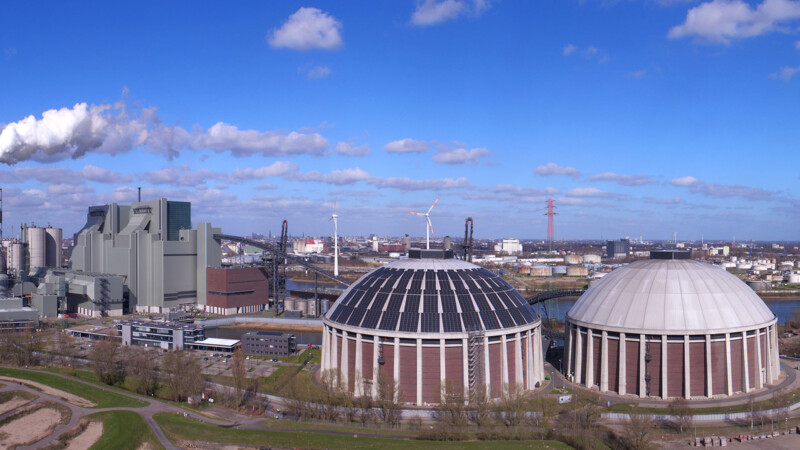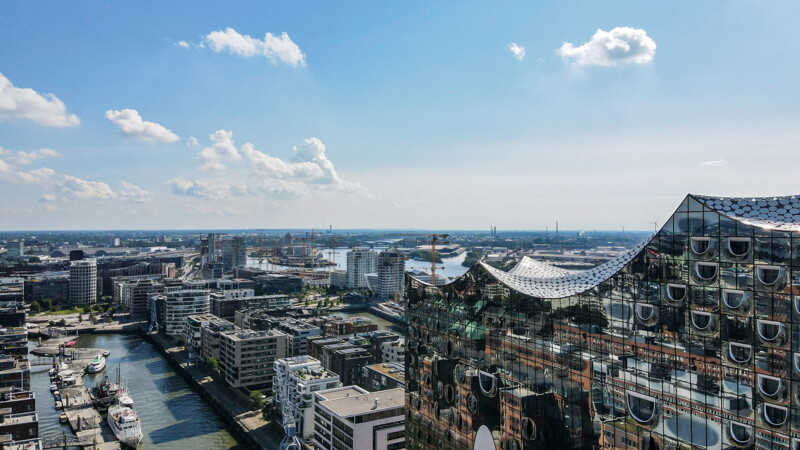The onshore power power plant is set to lower pollutants such as nitrogen and sulfur oxides as well as ships' CO2 emissions. The use of onshore power plants and converting older ships is becoming increasingly attractive amid tougher regulations and a general rethink of emissions, according to Michael Westhagemann, Senator for Economics. Coupled with its goal of a climate-neutrality, the Port of Hamburg is bolstering its leading position with the new power plant. "We are also a blueprint for our neighbors in Schleswig-Holstein and Mecklenburg-Western Pomerania," Westhagemann added.
The first onshore power plant for inland passenger ships began operating Wednesday (July 7, 2021) at Hamburg's Landungsbrücken. Passenger ships are now supplied with electricity from renewable energy sources while in port. Such vessels no longer have to use their own diesel generators for lighting and air conditioning. Air pollution and noisy engines during berthing should soon be a thing of the past.
Hamburg leads way with shore power system
More inland traffic
Emphasis is now on generating a maximum number of users and retaining ships' operators as customers, said Jens Meier, CEO of the Hamburg Port Authority (HPA). For this reason, onshore power will initially be offered free of charge. "There will be no charges in this first year. Our main goal is to balance out usage patterns so that we can then work out price tariffs," he pointed out. Plans are now being laid to commission additional onshore power links for domestic traffic. A facility for cruise ships was opened at the Cruise Terminal Altona in 2016.
tn/sb/pb
Sources and further information
More
Similar articles

Aviation sector gearing up to fly with hydrogen

Green hydrogen sector planned in Moorburg

Hamburger Hochbahn's "goal remains mobility transition"
